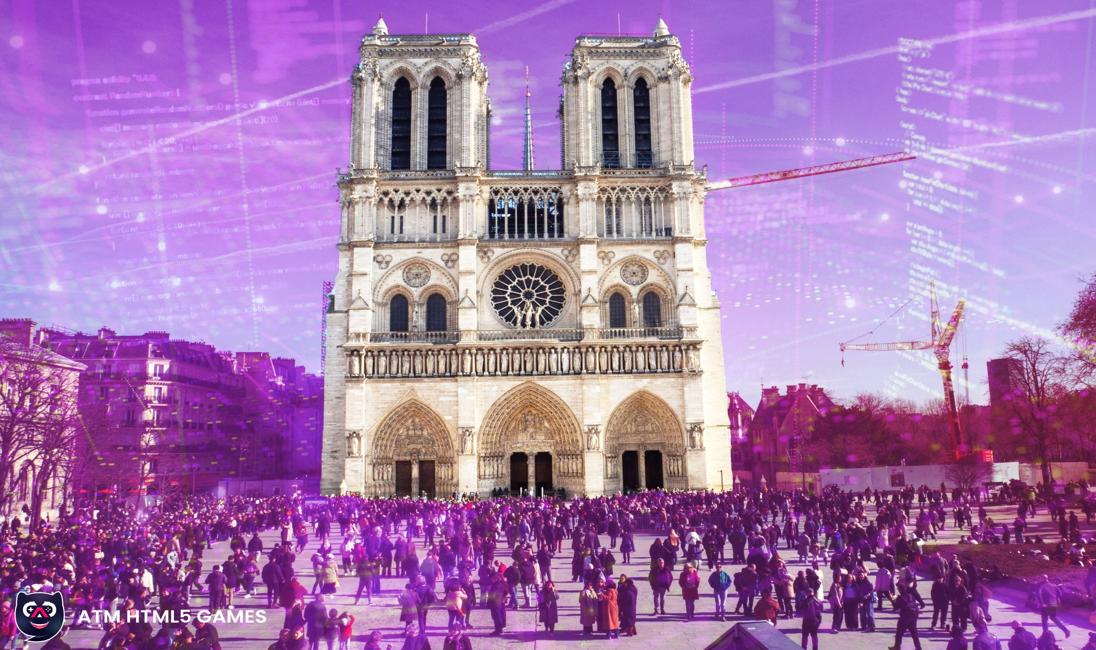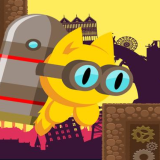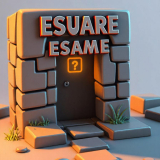The quest to save Notre Dame created an unexpected alliance. Top video game developers joined historians. Their goal? To digitally preserve the cathedral. This effort shows how gaming technology can help real-world conservation.
Why Game Developers Got Involved
When Notre Dame caught fire in 2019, the world watched in shock. The gaming community saw a unique opportunity. Many game studios already had detailed 3D models of the cathedral. These models were made for games set in Paris.
The Power of Game Engines
Unreal Engine and Unity game engines really jumped up to being essential tools now. They helped create ultra-precise digital versions of Notre Dame. These models showed every architectural detail. Restoration teams now use them as references.
Key Companies That Helped
Major game studios contributed to the quest to save Notre Dame:
- Ubisoft - Shared their Assassin's Creed Unity models
- Epic Games - Provided Unreal Engine expertise
- Unity Technologies - Created interactive walkthroughs
How Gaming Technology Made a Difference
Game tech helped in three main ways:
1. Detailed 3D Scanning
Methods used in RPG and adventure games captured the cathedral's structure. Laser scans created perfect digital twins.
2. Virtual Reality Restoration
VR allowed architects to "walk" through digital versions. They could test restoration ideas before physical work began.
3. Crowdsourced Preservation
Multiplayer game concepts inspired global collaboration. Experts worldwide could examine the same digital models simultaneously.
The Impact on Game Development
This project changed how developers view their work. Many now see game engines as tools for strategy in preservation. The lines between entertainment and practical applications are blurring.
Challenges Faced During the Project
The team encountered several obstacles: The team encountered several obstacles:
- Merging different 3D modeling formats
- Working with incomplete scan data
- Making historical accuracy a priority
Future Applications of Game Tech
The quest to save Notre Dame proved game engines could help with:
- Other historical site preservations
- Disaster planning simulations
- Educational experiences
Conclusion
Restoring Notre Dame Cathedral really brought home how cool video games technology is. It let us tweak and restore old stuff technologically that would have been enormously more challenging without it. It's like, wow old stuff gets a major facelift. Game developers became digital preservationists. Their tools helped save history. This partnership might revolutionize the way we safeguard important cultural heritage for all time.
FAQs
1. Why were game companies involved in saving Notre Dame?
Game studios had very detailed 3D models of the cathedral from working on video game development. These models helped restoration teams.
2. Which games featured Notre Dame before the fire?
Assassin's Creed Unity and several other action and adventure games included detailed Notre Dame recreations.
3. How accurate were the game models compared to the real cathedral?
The best game models were about 95% accurate. Teams combined them with new scans for complete accuracy.
4. Can this technology help other historical sites?
Yes. The same methods could preserve other landmarks. This approach may become standard for conservation.
5. How long did the digital preservation work take?
The initial digital modeling took about six months. Updates continue as restoration progresses.
#NotreDame #GamingForGood #DigitalPreservation #GameTech #CulturalHeritage
- First important point about the content
- Second point with detailed explanation
- Another noteworthy detail
- Final concluding thought





















































